Capulin Volcano National Monument
Part of the 8,000 square mile Raton-Clayton Volcanic Field, Capulin Volcano showcases the volcanic geology of northeastern New Mexico. The views are spectacular day or night, with views of 4 different states from the volcanic rim and one of the darkest night skies in the country. Whether it's a quick stop or a day's trip, enjoy exploring the landscape of this unique volcano!
Capulin Volcano National Monument is located in northeast New Mexico. The monument is located 33 miles east of Raton, NM, and 57 miles west of Clayton, NM on NM325 3 miles north of US64. No public transportation systems serve the park.
- Astronomy
- Stargazing
- Biking
- Road Biking
- Guided Tours
- Self-Guided Tours - Walking
- Self-Guided Tours - Auto
- Hiking
- Front-Country Hiking
- Junior Ranger Program
- Wildlife Watching
- Birdwatching
- Museum Exhibits
- Farming and Agriculture
- Ranches
- Animals
- Birds
- Elk
- Volcanoes
Capulin Volcano
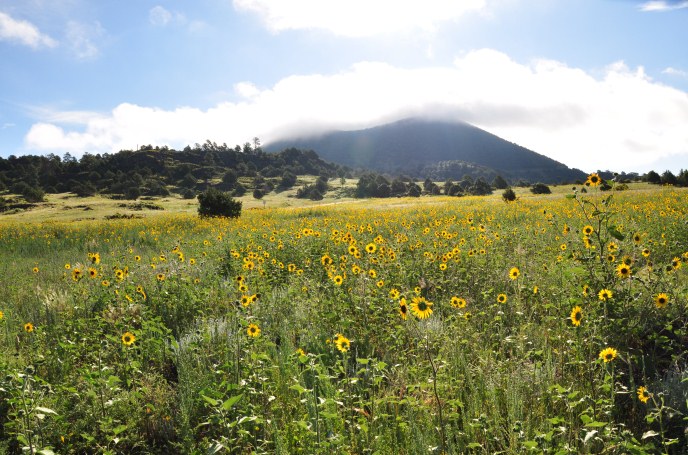
Capulin Volcano in summer.
Aerial View of Capulin Volcano
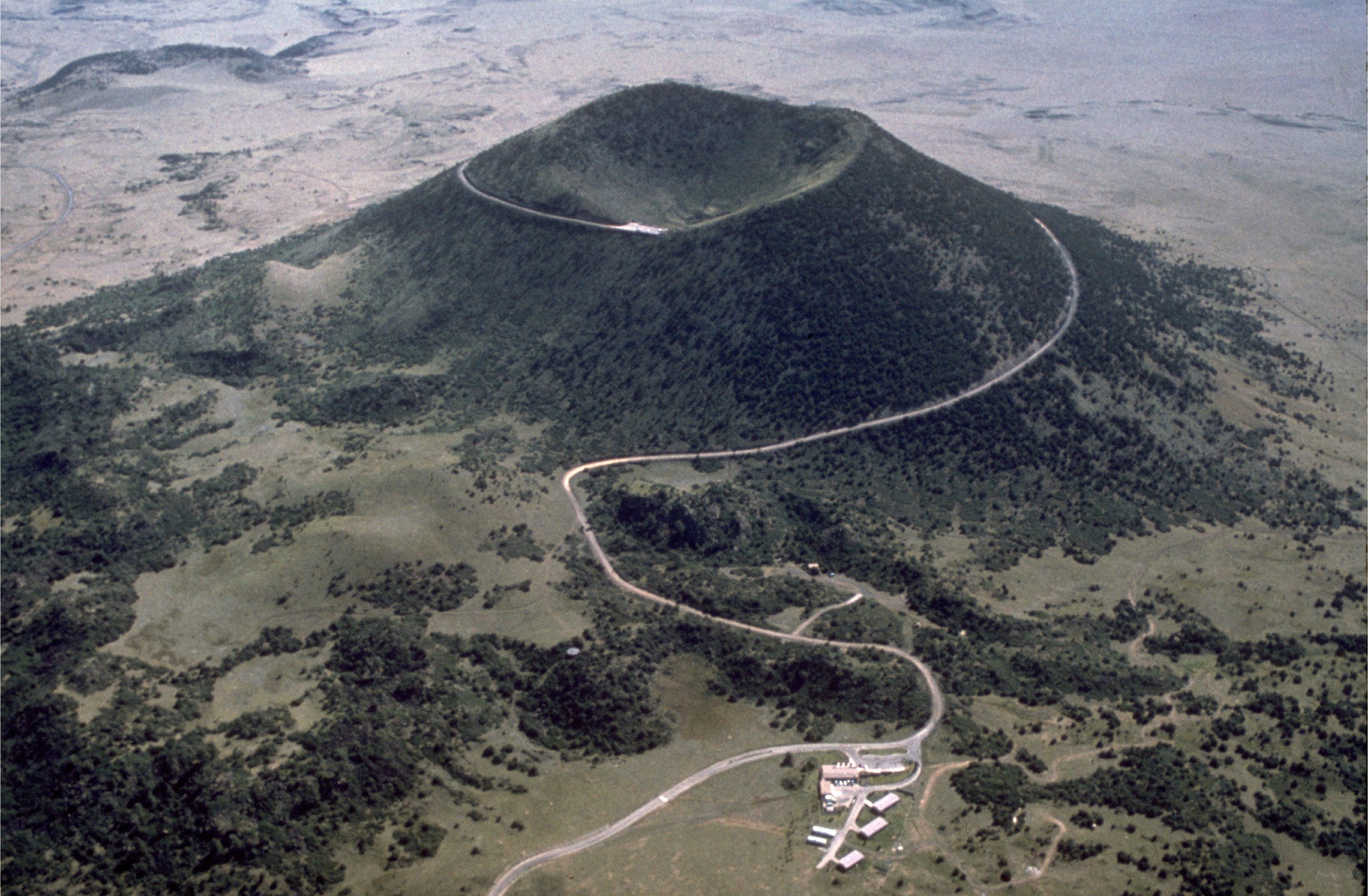
Capulin Volcano is a classic example of a cinder cone. The crater is approximately 130 m (420 ft) deep and 440 m (1,450 ft) across. The base of the mountain is 6 km (4 mi) in circumference. Volcano Road spirals up the volcano, providing panoramic views.
Nature Trail at Capulin Volcano
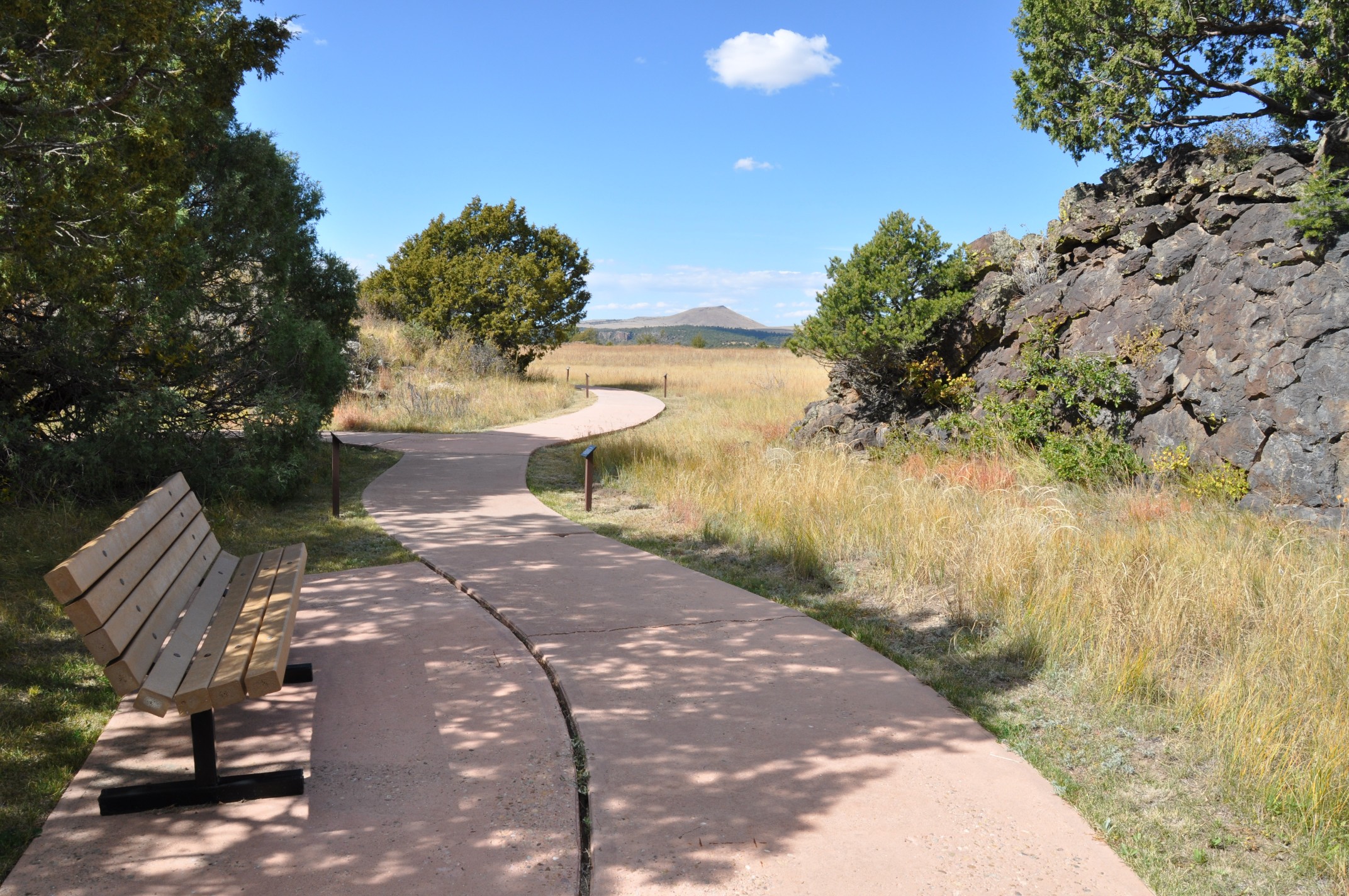
A paved nature trail at Capulin Volcano NM.
Volcano Road
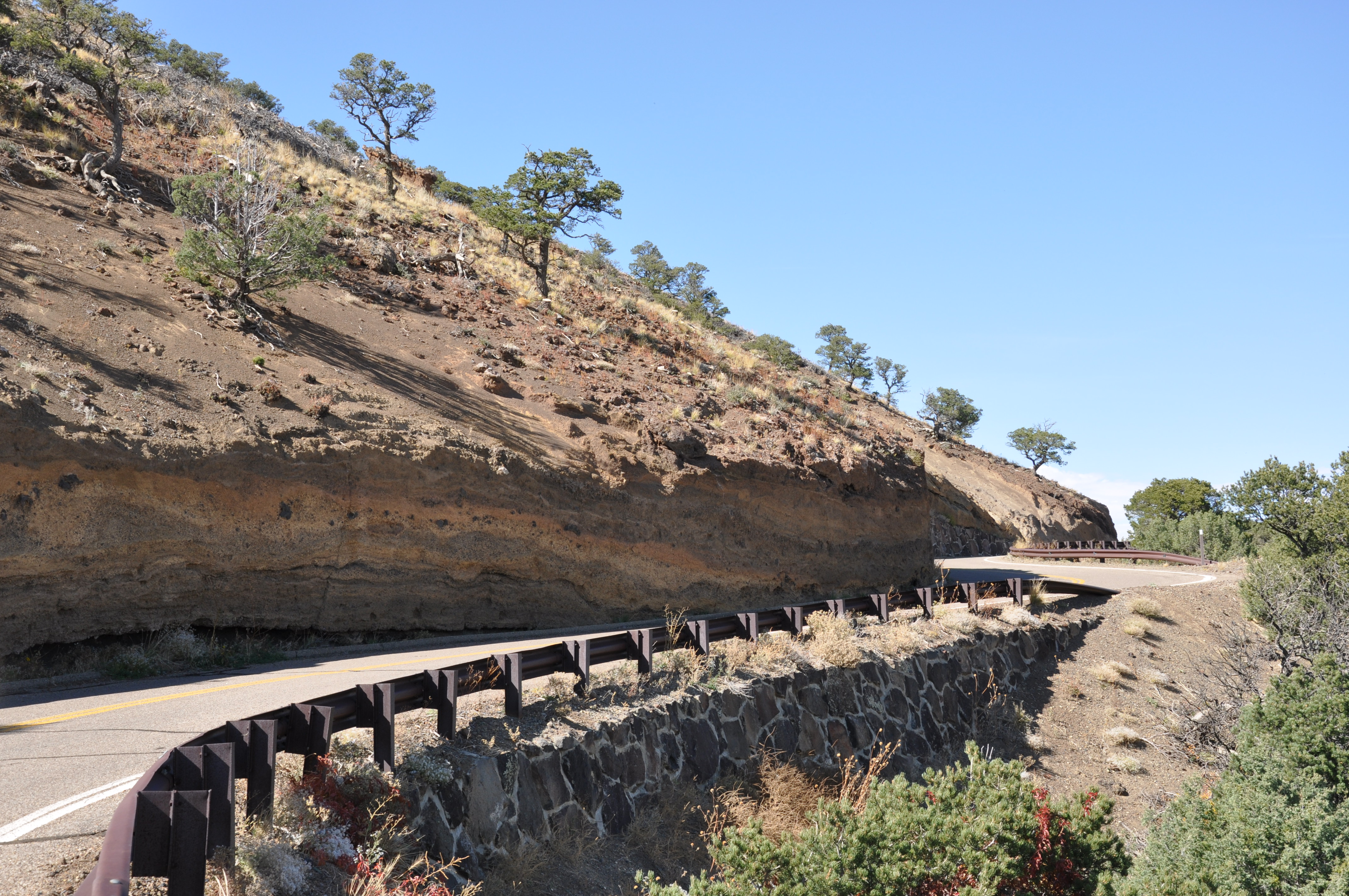
Layers of volcanic material can be seen in the Volcano Road that takes visitors to the top of Capulin Volcano.
Capulin Volcano-Best Example of a Cinder Cone in North America
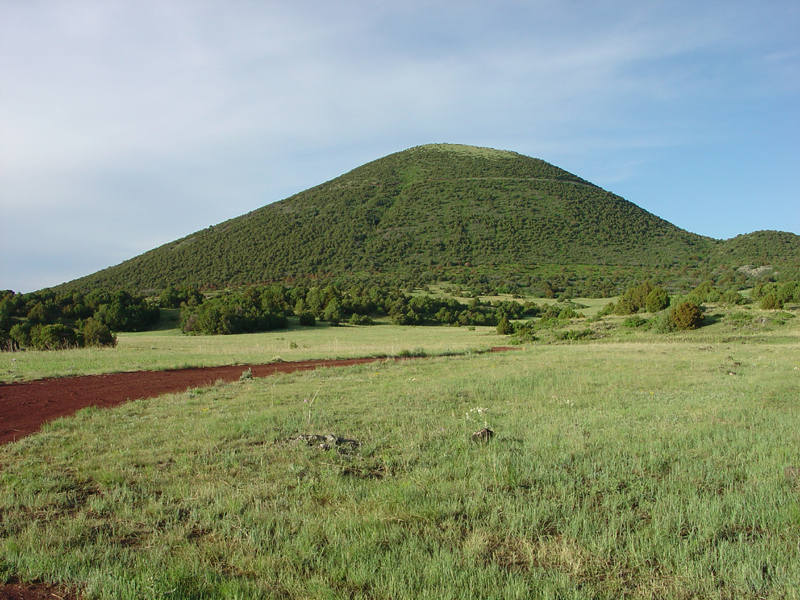
Although Capulin Mountain is considered no longer active, because its excellent condition, the cinder cone is considered one of the best and most accessible examples of a cinder cone in North America.